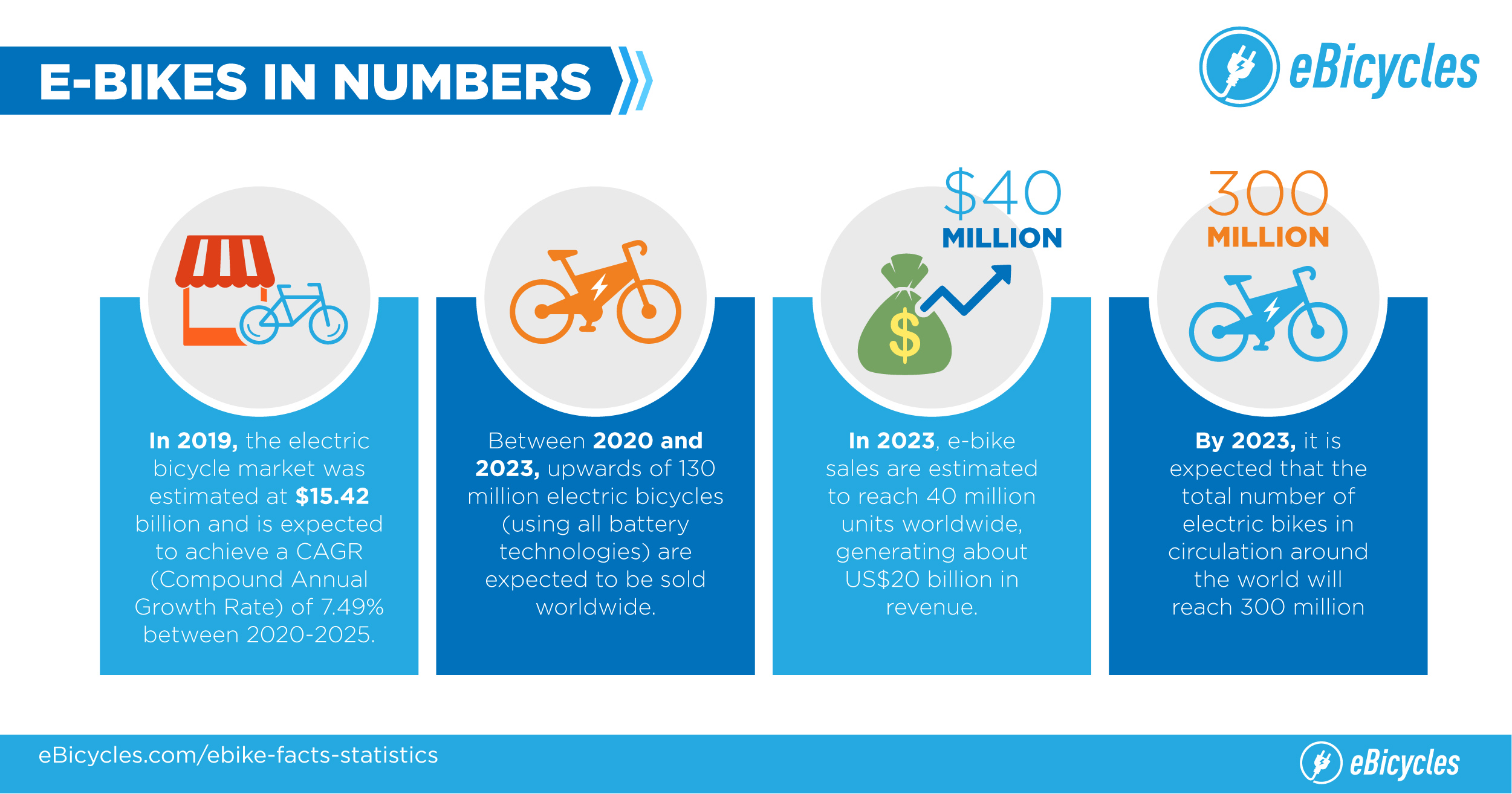A Newbie'S Resource On E-Bike Legalities And Laws In Your Neighborhood
A Newbie'S Resource On E-Bike Legalities And Laws In Your Neighborhood
Blog Article
Write-Up By-Padilla Stanton
Before you hop on your e-bike and struck the streets, it's essential to understand the laws and laws that regulate your city. From rate restrictions to designated riding areas, there's a great deal to think about to guarantee you're certified and secure. By familiarizing on your own with the guidelines details to e-bikes, you'll be better outfitted to enjoy your experiences with no unanticipated lawful problems. Remain tuned to discover key insights that will aid you navigate the e-bike landscape in your city perfectly.
Comprehending E-Bike Classification
When it concerns browsing the world of e-bike legislations and laws, a critical starting point is understanding the category system that categorizes these electrical bicycles. E-bikes are generally categorized right into three major groups: Course 1, Course 2, and Class 3.
Course 1 e-bikes are pedal-assist just, implying they supply support while the rider is pedaling and have a maximum speed of 20 mph. These bikes are allowed areas where standard bikes are allowed.
Class 2 e-bikes are furnished with a throttle that can drive the bike without pedaling. They also have a maximum speed of 20 mph and appropriate for motorcyclists that may need assistance without pedaling continually.
Course 3 e-bikes are similar to Course 1 but with a greater maximum speed of 28 mph. These bikes are often restricted from certain bike paths or routes as a result of their greater speeds.
Recognizing these categories is vital for complying with regional policies and guaranteeing a safe and satisfying e-biking experience.
Browsing Rate Restrictions and Restrictions
To properly browse e-bike regulations and guidelines, it's critical to understand the speed restrictions and limitations that apply to different classes of electric bicycles.
Rate restrictions for e-bikes differ depending on the category of the bike. Course 1 e-bikes, which are pedal-assist only and have a maximum speed of 20 miles per hour, are generally permitted on bike lanes and paths.
Course 2 e-bikes, which have a throttle in addition to pedal-assist and likewise get to rates of up to 20 mph, may be restricted in particular locations where motorized vehicles aren't permitted.
Class 3 e-bikes, with pedal-assist as much as 28 mph, are typically called for to adhere to the same guidelines as conventional bicycles.
It is very important to follow these speed limits and restrictions to guarantee your safety and the safety and security of others when driving. Prior to riding your e-bike, familiarize yourself with the certain laws in your city to avoid any kind of prospective fines or lawful concerns.
Where to Ride Your E-Bike
To establish where you can ride your e-bike, it's important to know the policies and guidelines details to your location. In most locations, e-bikes are generally enabled on roadways and roads where traditional bicycles are allowed. https://fattireebikeforsale99876.blogolenta.com/29119202/discover-the-best-e-bike-that-meets-both-your-individual-choices-and-legal-standards might consist of bike lanes, bike paths, and shared roads. Nevertheless, it's essential to check neighborhood laws as some cities may have particular limitations on where e-bikes can be ridden.
When riding your e-bike, always prioritize security by adhering to traffic policies and appreciating pedestrian pathways. Furthermore, bear in mind any type of designated bike lanes or paths in your location and utilize them whenever feasible to guarantee a smoother and much safer trip.
Some cities also have laws pertaining to e-bike use on pathways, so see to it to acquaint on your own with these regulations to prevent any kind of fines or fines.
linked web page that you know with the laws and policies surrounding e-bikes in your city, you can confidently hit the road knowing where you can ride and what restrictions put on your e-bike category. Bear in mind to always focus on security and adhere to the guidelines to guarantee a smooth and lawful ride. Happy riding!
